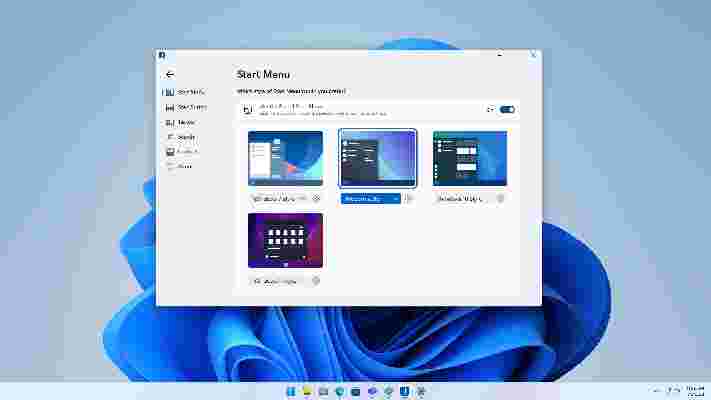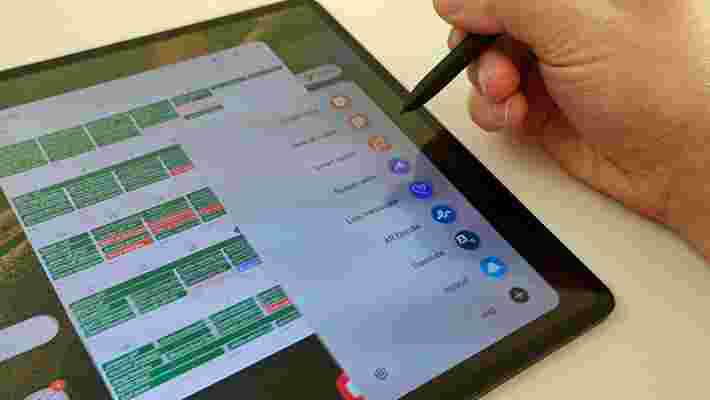Star Wars Eclipse developer Quantic Dream has debunked rumors that its upcoming Star Wars action-adventure has been delayed.
In an email to our friends at GamesRadar , a Quantic Dream representative refuted rumors that Star Wars Eclipse had been delayed with a very simple explanation: the developer never announced a release window in the first place.
"Star Wars Eclipse has not been delayed because Quantic Dream never announced or promised a launch window for the title," the spokesperson told the publication. "Recruiting remains active as it works on Star Wars Eclipse, third-party publishing, and unannounced projects."
The email is seemingly in response to a report by XFire's Tom Henderson , who claimed that the developer was struggling to hire for the project and, as a result, Star Wars Eclipse (which was initially rumored to release in 2024) will now release between 2027 and 2028.
In what seems to be a response to these hiring rumors, Quantic Dream also directed GamesRadar to a recent announcement that the studio's workforce has increased by 50% in 2021 and claimed that "job postings can be deceiving", in reference to Henderson's report highlighting that the developer was seemingly still hiring for roles from three months ago.
Opinion: he says she says

Without a publicly announced release window or date given by Quantic Dream, it's difficult to know if Star Wars Eclipse has been delayed internally or when we'll get our hands on it.
Quantic Dreams' announcement seems to somewhat debunk Henderson's report of hiring woes, but its email also appears to dance around the subject of a release date delay. Sure, it can't hypothetically publicly delay a project that hasn't had its release date announced, but it could internally.
Star Wars Eclipse was announced (by the developer's own admission) rather early in its development, with a trailer at The Game Awards 2021 that certainly got us speculating about what the final game could look like.
No release window or date was given during the trailer, and we didn't get much in the way of details, but it's likely that - delay or not - it'll be a few years before we get our hands on the next game from the Detroit: Become Human developer.
Start11 is fixing Windows 11’s Taskbar and showing up Microsoft
Stardock has updated its Start menu for Windows 11 , which brings more options to help manage the Taskbar.
Since the release of Windows 11 in November 2021, reception to the new Start menu has been mixed at best. The centered icons and the fewer features of the Start menu have frustrated some, and while feature updates from Microsoft have refined the Taskbar, users are still wanting more customization.
The recent 1.2 version of Start11 brings the ability to group multiple icons into one on the taskbar, alongside bringing drag and drop to the taskbar from today (March 17), instead of waiting for a future Windows 11 update, most likely Sun Valley 2 .
The app is available as a free download for 30 days , after which you can buy a license for $4.99 / £5.99 / AU$ 5.99 for your PC.
Analysis: Take note, Microsoft

The impressive aspect of Start11 isn't that you can use features that were removed in Windows 11. Rather, it's how you can customize it to levels that Microsoft wouldn't consider including.
From the color scheme of the Taskbar, to changing the design to better mimic the Start menus of Windows XP and Windows 8 , Start11 offers that level of curation that Microsoft seemingly hasn't thought of.
In our review of Windows 11 we noted that it was the first step of a reboot to Windows as a whole. We're already seeing the results of this with Windows Media Player returning, and other apps that are finally seeing a design refresh.
But the Start menu is an iconic feature of Windows, ever since it debuted in Windows 95, so any change was bound to spark some debate between users. However, Start11 looks set to ease those concerns, regardless of what Microsoft may have planned for the Start menu in the future.
Android tablets' new feature will make them fantastic iPad rivals
Android tablets have always struggled against Apple’s iPad range, and while there are a number of reasons for that, Google might soon tackle one of the biggest factors.
The company has announced on the Android Developers Blog that it’s making changes to the Google Play Store, to help surface and prioritize apps and games that are optimized for large screens when viewing the store on a large screen device such as a tablet or foldable phone .
Google says these changes will be implemented “in the coming months”, and that it will mean changes dictating which apps and games are surfaced in search results and recommendations on the home page.
The changes will also include warnings on apps that don’t meet Google’s basic large screen requirements, so you’ll know you might be getting a low-quality experience. And users will soon be able to see ratings and reviews from users on the same device type, be it phones, tablets and foldables, Chrome OS, Wear OS or Android Auto.
These changes should help not just highlight the best Android tablet apps, but also incentivize developers to make their apps more tablet friendly. That could be a big deal, as there are loads of high-quality iPad apps available, but Android developers often just offer their phone apps on larger devices, and this inevitably doesn’t lead to an overly polished experience.
The reason for that is unclear. Perhaps it’s that Android tablets are less popular so they receive less of a focus, but Google notes that there are now over 250 million active Android tablets, foldables, and Chrome OS devices.
Plus, with foldable phones starting to take off the demand for large screen devices (and apps to go with them) is only going to grow. So this seems like an important and sensible step – and one which could help Android stand up to iPadOS.

Analysis: what does it mean to be optimized for a large screen?
You might be wondering what apps actually need to do to be prioritized in tablet search results, and handily Google has an overview of the things it has in mind.
These include things like working both in portrait and landscape orientation, using the whole screen in both orientations, smoothly being able to transition between orientations, working in multi-window mode, offering layouts appropriate for larger screens, supporting keyboards and mice, and loads more.
So there’s a lot that developers will potentially have to do in order to satisfy Google here, but they’ll be rewarded with better exposure for their apps, while users will gain a much-improved experience when using them.
